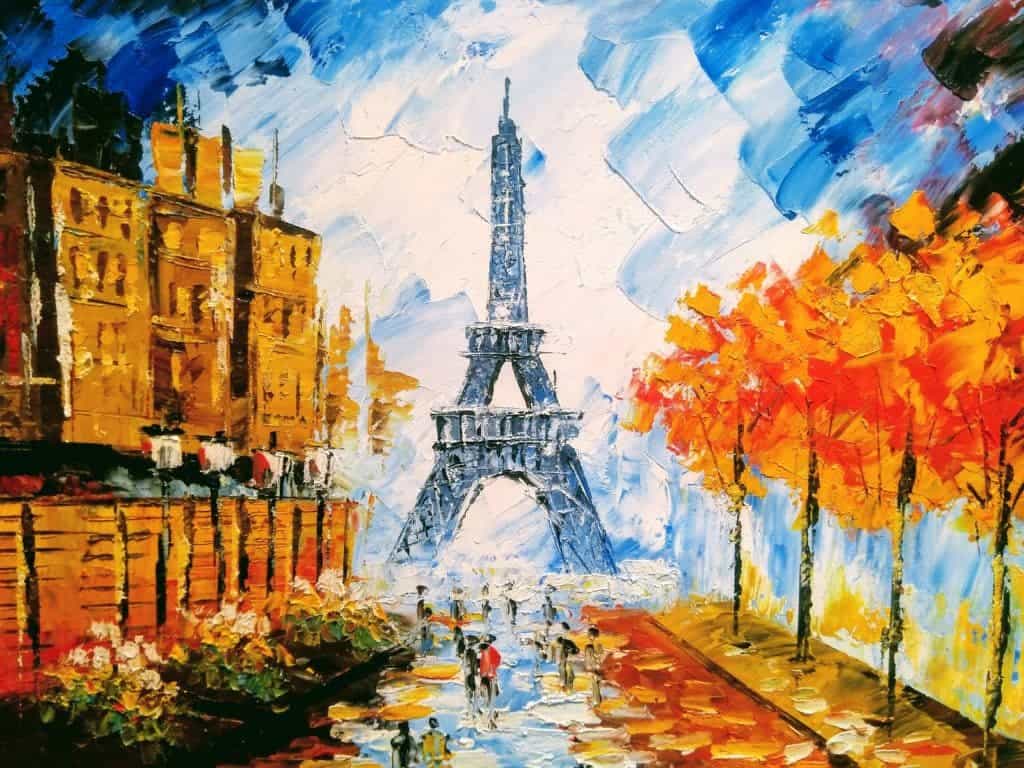AIs might not know much about art, but they can easily tell apart one style from the other — even when they’re terribly similar.
Identifying forgeries is hard, time-consuming, and expensive, but we need it more than ever. The art world is full of forgeries. Recently, a supposed Da Vinci painting sold for $450 million, although suspicions loomed that it might be a fake. The problem is, humans have a hard time telling apart real art from fakes. In most cases, a trained eye will catch small details, identifying tells that confirm or infirm authenticity. If you want a more thorough confirmation, you might take the art piece in a laboratory for infrared spectroscopy, radiometric dating, gas chromatography, or a combination of such tests. All this takes a lot of time, money, and effort. But an Artificial Intelligence (AI) needs none of this.
In a new paper, researchers from Rutgers University and the Atelier for Restoration & Research of Paintings in the Netherlands broke down the style of different artists, by analyzing their strokes. They developed a recurrent neural network (RNN) which learned what features were important for what artist, and then used said traits for identification.
“We designed and compared different handcrafted and learned features for the task of quantifying stroke characteristics,” the study reads. “We also propose and compare different classification methods at the drawing level. We experimented with a dataset of 300 digitized drawings with over 80 thousands strokes. The collection mainly consisted of drawings of Pablo Picasso, Henry Matisse, and Egon Schiele, besides a small number of representative works of other artists. The experiments shows that the proposed methodology can classify individual strokes with accuracy 70%-90%, and aggregate over drawings with accuracy above 80%, while being robust to be deceived by fakes (with accuracy 100% for detecting fakes in most settings).”
The AI especially analyzed the strength along a stroke — how hard and in what way the artist was pushing the brush against the canvas. That is impossible for a human to analyze since it requires a visual precision that the human eye is just not capable of. However, there is also a downside: the AI only works when the strokes are clearly visible. When the painting has aged and strokes have faded out, accuracy declines significantly.
They only focused on a few painters, and the results aren’t perfect, but as a proof of concept, the AI showed it is more than capable. If anything, it could be used alongside more conventional techniques for an extra confirmation, or by itself to give solid indications about authenticity. The RNN could also be enhanced to include more painters and other artistic tells.
Now, the only question is, how long until someone will train an AI to trick this AI?
Journal Reference: Ahmad Elgammal et al. Picasso, Matisse, or a Fake? Automated Analysis of Drawings at the Stroke Level for Attribution and Authentication. arXiv:1711.03536v1










